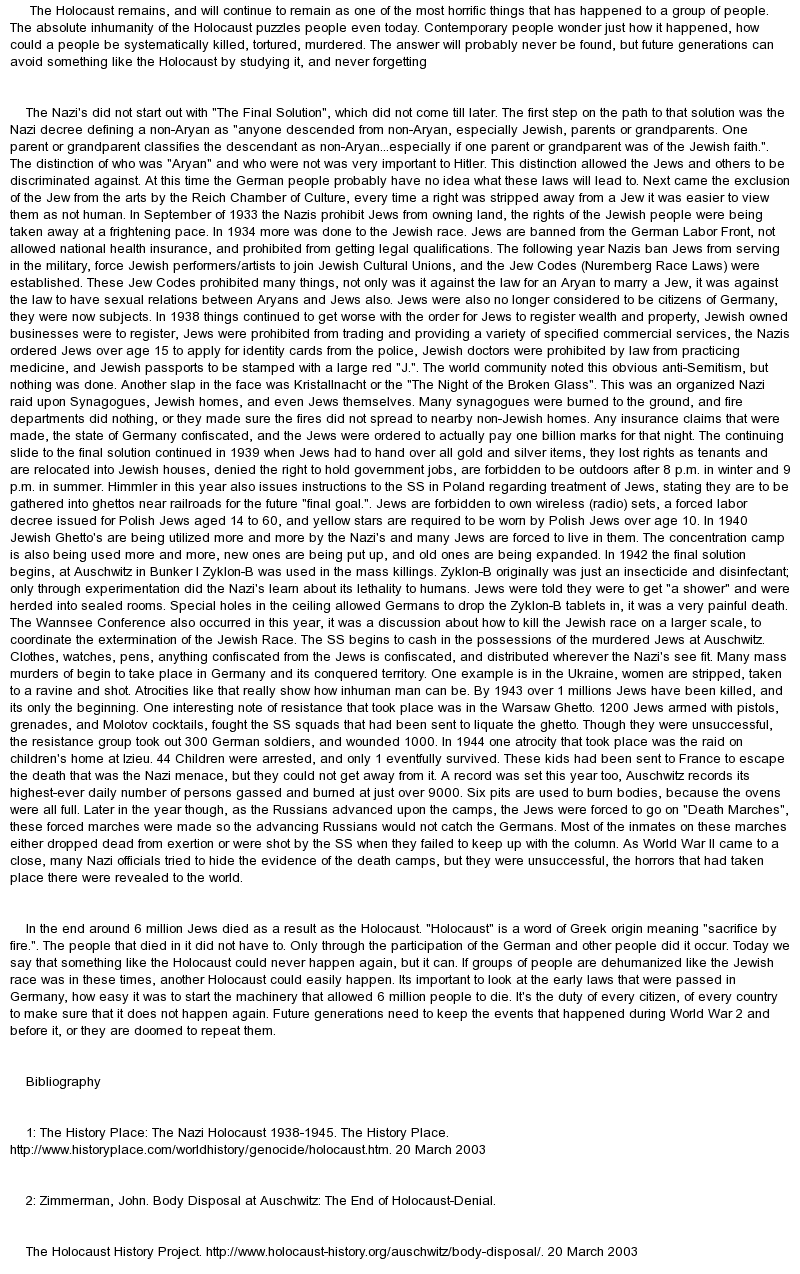Crosscurrents Reading In The Disciplines Pdf Editor
View abstract + In 2002, an exhibition at South Africa’s parliament included a reproduction of the Da Ming Hunyi Tu (Amalgamated map of the Great Ming), citing it as the earliest world map to depict the entire African continent. As part of its broader efforts to shape a narrative of long-standing and peaceful international relations with Africa, the People’s Republic of China formally presented a replica of this map as a gift to the South African government in conjunction with the exhibition. In official statements and popular media coverage alike, the map was described as evidence of a distinctly Chinese approach to global relations, based on benevolence and mutual respect. In particular, the map was ahistorically intertwined with the legacy of Zheng He’s diplomatic expeditions, which reached the East African coast in the early 1400s. Marilyn Manson Lest We Forget Rapidshare Downloads more.
Cross-Currents E-Journal (No. ISSN: 2158-9674. September 2013. Editors' Note. A Note to Our Readers. Wen-hsin Yeh, University of California, Berkeley. Download PDF ⇓ Between China and Nepal: Trans-Himalayan Trade and the Second Life of Development in Upper Humla. Martin Saxer, Ludwig Maximilian. Cross-Currents E-Journal (No. ISSN: 2158-9674. December 2016. Editors' Note. Note to Readers. Wen-hsin Yeh, University of California, Berkeley. Download PDF ⇓ Cartographic Anxieties in Mongolia: The Bogd Khan's Picture-Map. Uranchimeg Tsultemin, University of California, Berkeley. View abstract +.
To the cartographic historian, however, the depiction of Africa in the Da Ming Hunyi Tu is clearly derived from non-Chinese sources that predate Zheng He’s expeditions. This article examines the ways in which the map has been divorced from its original context to suit modern needs, exemplifying the deployment of cartography to deflect anxieties about the nature of Chinese economic influence in South Africa. Keywords: Da Ming Hunyi Tu, China, South Africa, cartography, diplomacy, Zheng He, Ming. View abstract + Although relations between China and Mongolia are good, with no outstanding territorial disputes, Mongolia continues to view its southern neighbor with considerable anxiety.
Numerous paranoid narratives circulate, hinting at China’s alleged malevolent intentions, and many Mongols are convinced that China is intent on a takeover. This article argues that this anxiety is located in two particular cartographic gaps. The first is the misalignment between People’s Republic of China (PRC) and Republic of China (ROC) maps, namely the fact that Taiwanese maps include Mongolia within the boundaries of China. For the majority of Mongolian viewers who do not read Chinese, this constitutes a clear case of cartographic aggression.

The second gap is found in cultural-historical maps of China that portray large swaths of northern Asia as regions formerly inhabited by Chinese. While neither map constitutes a political claim, the Chinese cultural imaginary each portrays posits Mongolia as “not quite foreign.” Rather than “cartographic aggression,” the term “cartographic embrace” may be a better designation here.
Even if Chinese cartographic practices do not index intent, for countries like Mongolia—whose political existence is founded on separation from China—cultural “embrace” can be even more threatening. Keywords: Mongolia, cartography, anxiety, Sinophobia, mapping, individuation, paranoia, territorial disputes. View abstract + Over the past 150 years, a great number of cartographic anxieties and hopes have shaped lives and relations in the Pamirs. The Great Game over imperial spheres of influence was followed by Soviet and Chinese anxieties regarding territorial integrity and the loyalty of their borderland populations; since the end of the Cold War, settling the remaining demarcated borders has become a primary concern in Central Asia; meanwhile, mining companies are anxious to claim territories for mineral extraction, and the maps of national parks and nature reserves aim at mitigating ecological anxieties and claim spaces for conservation.
The result is a veritable spectacle of maps. Following Rob Kitchin and Martin Dodge (2007), this article argues that maps are “ontogenetic” rather than representational—they foster realities on the ground.
Map-making projects derived from cartographic anxieties are embedded in particular visions of the future, and thus they can serve as a vantage point from which to explore the changing modes of outside engagement in the Pamirs. Keywords: Pamirs, Tajikistan, history, Moscow provisioning, Tajik National Park, mining, map making, cartographic anxiety. Zenega Stb Software Download Pc here.
Preview + As the publication of these six books shows, the field of Xinjiang studies has flourished in recent years. A new generation of Western scholars has published a wealth of scholarship based on new sources and ethnographic research. Both in the news media and in academic research, Xinjiang is no longer considered a neglected, remote area. For better or worse, Xinjiang is, and always has been, connected to China and the world beyond China. The primary goal of most scholars of Han China in recent years has been to place China in the broader world, and in light of this new scholarship on Xinjiang, we see that it, too, deserves to be placed in the context of recent global developments.
Despite some resistance, Chinese history—the history of all the peoples of China—has become world history. Preview + Where do the stories of attempted Yellow River control told by Pietz and Muscolino leave us? On one level, Pietz’s tale of long-run transformation clearly takes us to the present, with the technocrats very much in charge, but not necessarily in control.
Muscolino’s story seems at first to belong more firmly to the past. Preview + Despite its importance, science remains an understudied aspect of PRC history. The recent provenance of the field underscores its deeply politicized history. In China, historians of science, particularly those at the Institute for the History of Natural Science (IHNS) within the Chinese Academy of Sciences, only began to broach modern science in China as a topic of study in the 1980s. The rapidly shifting political winds of the previous era had kept the topic largely off-limits (Wang 2007). Yet many of the signal achievements of the Communist Party prominently featured science.
At the same time, the state—from the late Qing imperial bureaucracy to the Communist Party regime—both shaped the development of science and technology and benefited from the authority conferred by breakthroughs in science. Right on cue, two excellent new works reveal the multifaceted and complex nature of science in the PRC. In Farewell to the God of the Plague, Miriam Gross examines how the Communist Party deployed public health campaigns as a form of “scientific consolidation,” by using science as a means to extend its control over the population. Sigrid Schmalzer’s Red Revolution, Green Revolution looks at agricultural science and the unique and distinctive trajectory of the Chinese green revolution. Both works demonstrate the manifold ways science filtered into the countryside and became the basis of the party’s interactions with the rural populace.
Find more information about: ISBN: 6615 OCLC Number: 788258764 Notes: Includes index. Description: xxiii, 689 pages: illustrations (some color); 23 cm Contents: Knowledge, reading, and writing across disciplines -- Reading across disciplines: reading for learning, for analysis, and for argument -- Writing and researching: genres, practices, and processes -- Nature, genetics, and the philosophy of science -- Business and economics -- Government, political science, and public policy -- Education and society -- Communication and pop culture -- Philosophy and psychology -- History and culture -- Literature, language, and art. Responsibility: Eric Carl Link, Steven Frye.
